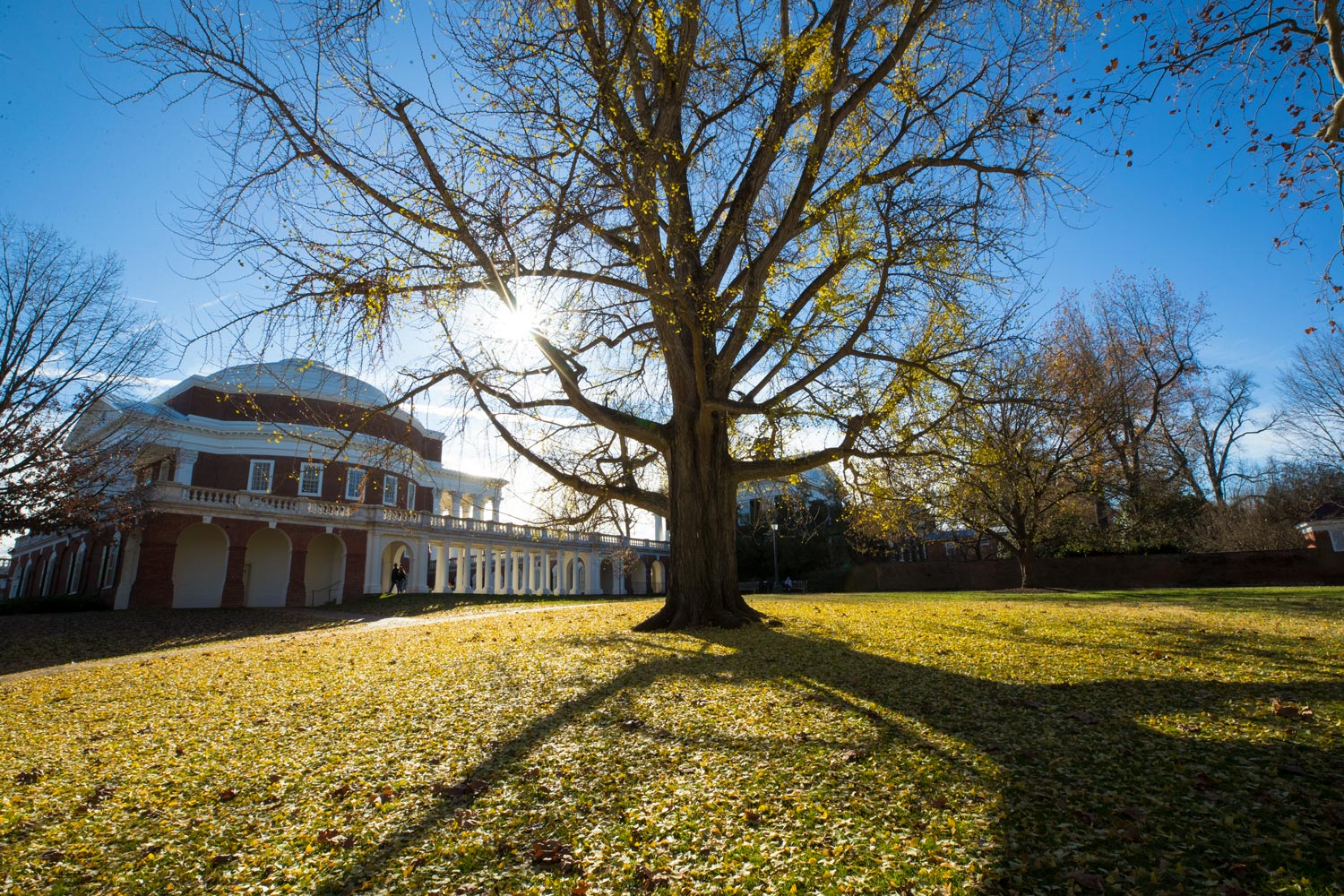The University of Virginia Board of Visitors on Friday approved a 2.9 percent increase in tuition for most undergraduate Virginians and a 3.5 percent increase for out-of-state students.
This is the fourth straight year that tuition increases have been held at or below the rate of inflation plus 1 percent, as projected in the Six-Year Plan submitted to the state, for most in-state students.
Each year, the University seeks to prioritize accessibility and keep tuition increases at an affordable level, while also ensuring UVA can meet 100 percent of students’ demonstrated financial need and support a high-quality educational experience for all students.
For in-state, undergraduate students entering the College of Arts & Sciences, the Curry School of Education and Human Development or the School of Architecture, the increases amount to 2.9 percent, or between $412 and $442. For out-of-state students, the increase is 3.5 percent, or between $1,606 and $1,642.
Entering students in the School of Engineering and Applied Sciences, the Frank Batten School of Leadership and Public Policy, the McIntire School of Commerce and the School of Nursing will see increases between $1,000 and $2,500, in accordance with multi-year plans approved by the board in December 2017.
Tuition for most graduate and professional schools will increase by between 0.4 percent and 4.9 percent. Exceptions include the School of Medicine, which will not implement a tuition increase, and graduate programs in data science, commerce and architecture, which will see projected increases between 1.5 percent and 19 percent.
The board also approved a 2.9 percent increase in tuition for both in- and out-of-state students at the University of Virginia’s College at Wise.
Tuition increases are only implemented after the board has considered other revenue sources and looked for opportunities to increase efficiency. The new rates were developed assuming state appropriations as included in the 2018-2020 Appropriation Act. If the Virginia General Assembly substantially alters those appropriations, the board might adjust tuition rates in the spring.
Students were involved early and frequently in budget and tuition discussions and expressed interest in funding expanded class offerings, especially in areas such as Asian, Latinx and African-American studies; to support a more diverse faculty and contribute to fair and equitable wages; and to grow student support services, including counseling, advising and Student Financial Services.

UVA will continue its commitment to provide financial aid that meets 100 percent of the demonstrated financial need of all undergraduate students. It is one of only two public universities nationwide to do so.
Last year, UVA provided approximately $129 million in need-based financial aid to undergraduate students through its financial aid program, Access UVA. Thirty-four percent of undergraduate students received some level of need-based assistance, and 66 percent of UVA undergraduate students graduate with no debt.
UVA President Jim Ryan emphasized that UVA will continue to fully cover tuition and fees for Virginia families who earn less than $80,000 per year and have typical assets. UVA will also cover tuition, fees and room and board for students from Virginia families earning less than $30,000 per year, Ryan said.
Loans are part of some financial aid packages, but will remain capped at $1,000 per year for low-income Virginians and $4,500 per year for other in-state students with demonstrated need.
These efforts have enabled exceptional students from Virginia and beyond to come to UVA regardless of their financial situation, supporting a student body with both cultural and socioeconomic diversity.
For example, this year’s first-year class was the largest and most diverse class in UVA history. More than 400 first-year students are the first in their families to attend college, and records show a 35 percent increase in minority students since 2013, as well as a 34 percent increase in African-American students.
Media Contact
Article Information
December 7, 2018
/content/uva-board-visitors-approves-tuition-rates-2019-20

